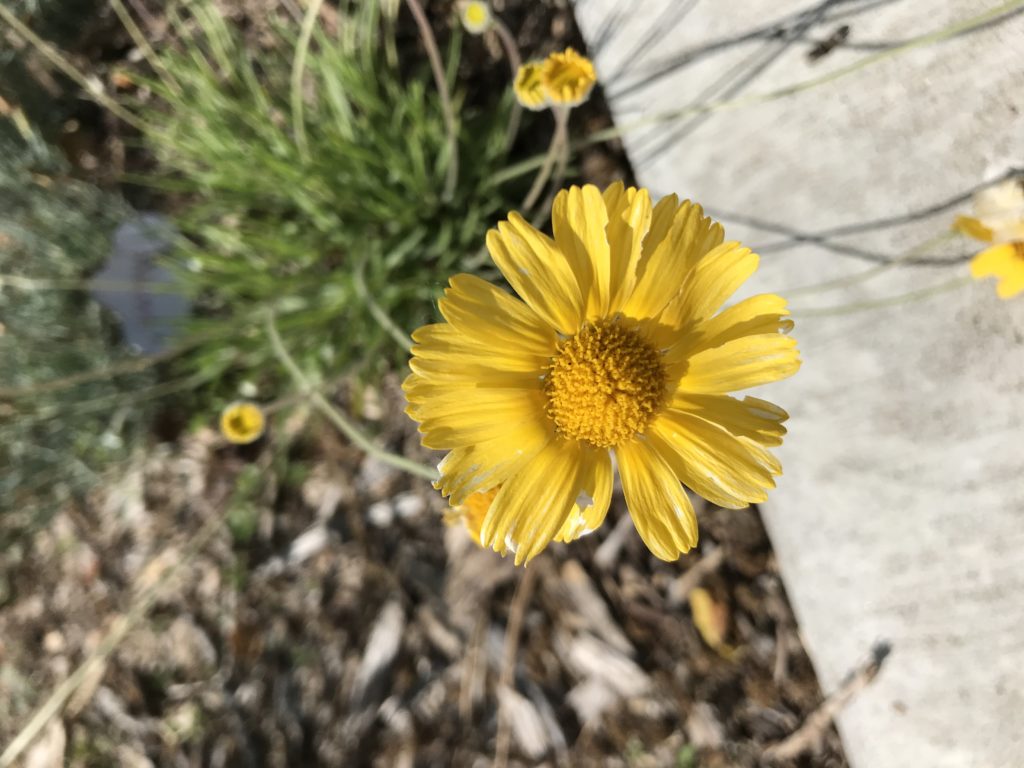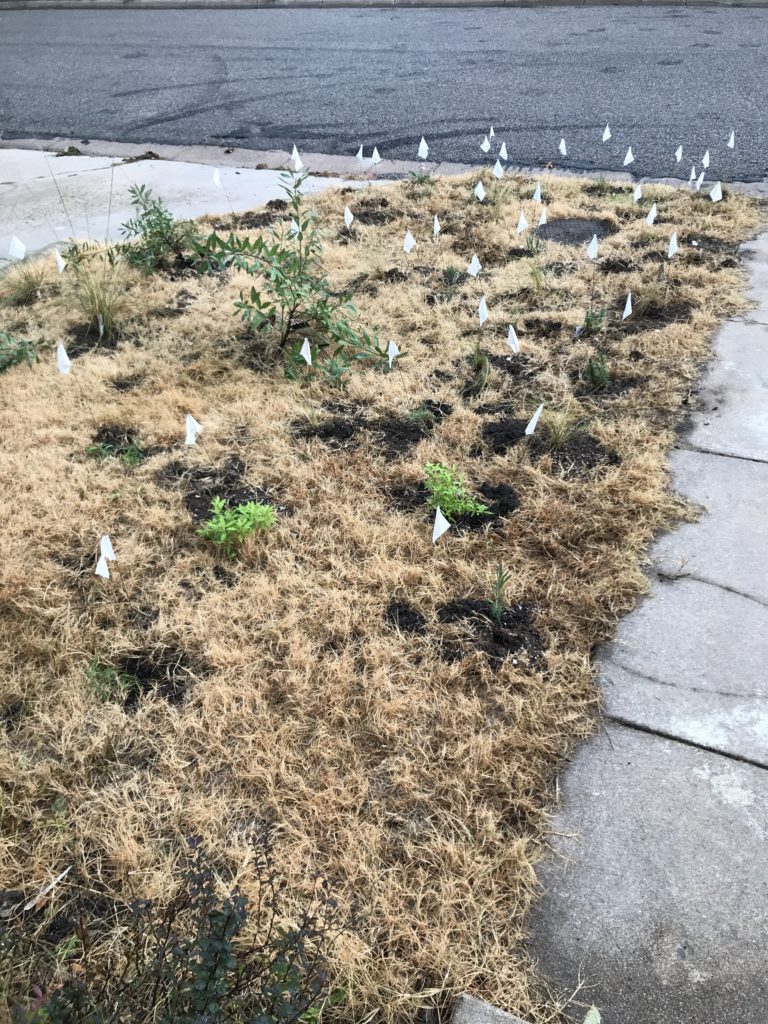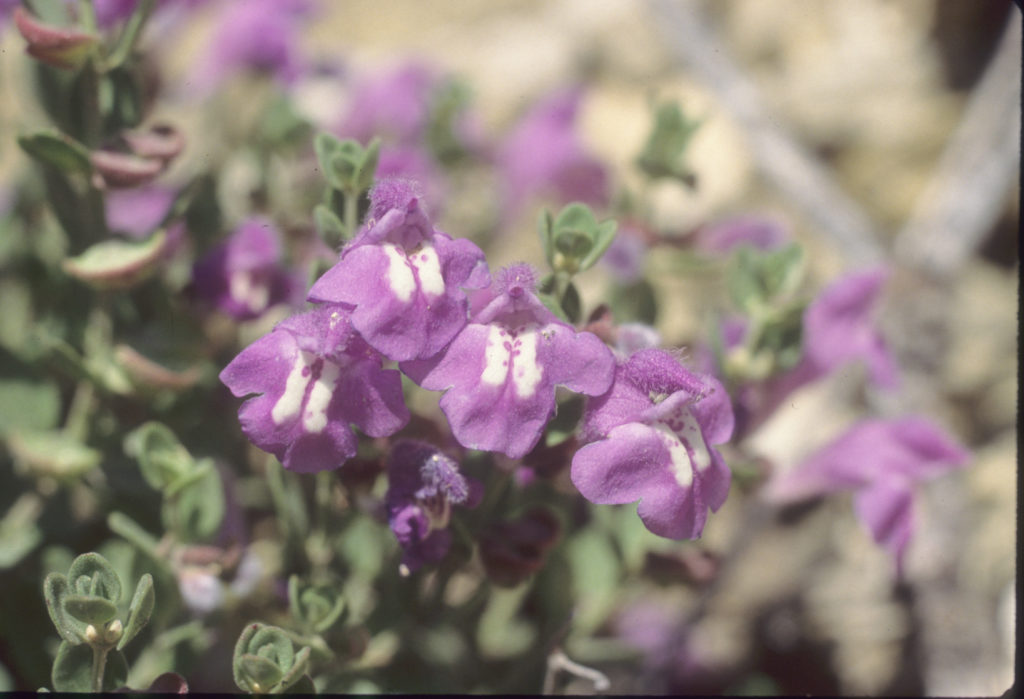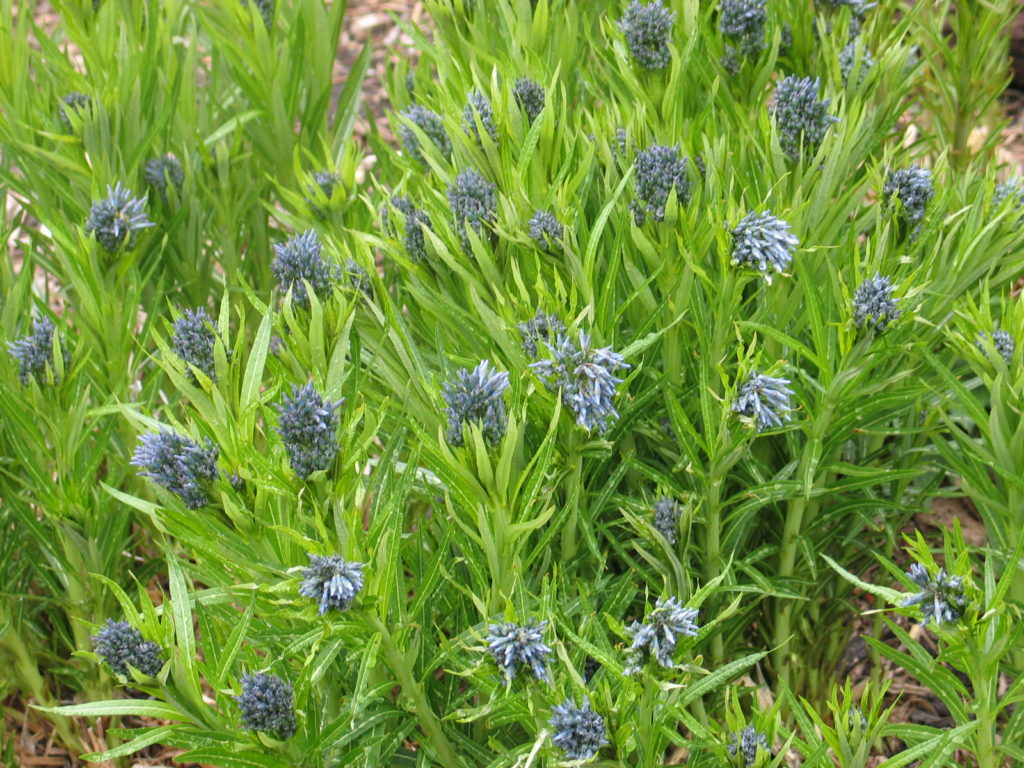As a new homeowner, there are a thousand projects around the house vying for my attention. But none call to me more than landscaping. After a few weeks working on the basement, I needed a break! I redirected my energy and landscaped my front yard!
Walk the Walk
I talk often and openly about the ecological problems inherent with a “well kept lawn”. Now that I finally have my own lawn, I wanted to convert part of it to something earth conscious, yet attractive. With smart design, landscaping can feed birds and insects, build soil integrity, and take very few inputs. I will always have a good sized patch of weedy Fescue for the dog to play Frisbee in, but more and more of the yard will get planted to natives every year.
Proper Prep
First, I sprayed two adjacent sections of our front yard with a strong application of glyphosate. It was not an easy decision: I am not a fan of using this chemical, or any chemicals in the landscape. But when contending with bermuda grass, my options were limited. Bermuda is a fierce, non-native competitor that will easily overtake a native flower bed if not eradicated properly. On the sides of the house, where bluegrass, Fescue, and dandelions are prevalent, I expect solarization to work wonderfully next spring and summer.

Planting
A few weeks later I planted right into the dead thatch of the grass. I like to plant thick, aiming for a very full, lush look and less weeding in the long term. Then I back-filled each hole with some rocky, sandy soil from a long abandoned planter box on the side of the house. This might help the clay soil drain better for the drought hardy species I wanted to incorporate. A flag at each plant ensures I don’t miss any while watering.

In my design, I focused on purples, whites and yellows to complement a pale blue porch. Made up of many western Kansas species, this garden is extremely drought tolerant once established, staying full of blooms for pollinators even in hard times. When I get a free weekend, I will layer the empty spaces with newspaper and wood chips to discourage weeds. Luckily, my city has a free wood chip pile nearby!

Here are some of my favorites included in the design. Many are native, others are non-natives well adapted to heat and drought:
Allium spp.
Amsonia hubrichtii
Asclepias verticillata
Baptisia minor
Ericameria nauseosa
Hymenoxys scaposa
Lavandula ‘Hidcote’
Muhlenbergia capillaris
Nassella tenuissima
Prunus besseyi ‘Pawnee Buttes’
Sporobolus heterolepis
Scutellaria resinosa

Grass But Not Lawn
I used Sporobolus heterolepis along the sidewalk and Muhlenbergia capillaris for a slightly taller focal point. To keep my front yard looking intentional, tidy, and appropriate to my neighborhood setting, I kept the plants under twenty four inches mature height, except for a few accents. My neighbors are already giving me funny looks about all the flags in my yard!

My co-workers have all taken their work home with them too; planting natives in their home landscapes and seeing the wonderful change in biodiversity these plants bring . It was time for me to do the same! Once the garden matures, I hope it inspires others to convert more of their underused front yard space to valuable, attractive wildlife habitat.
The post Front Yard Native Landscaping appeared first on Dyck Arboretum.